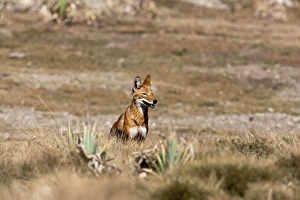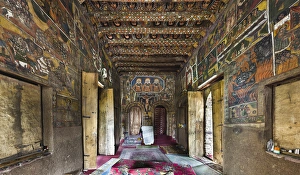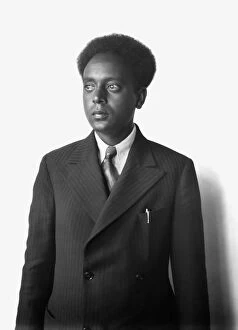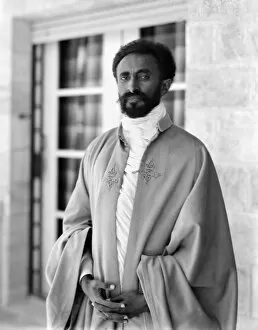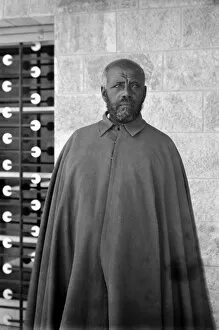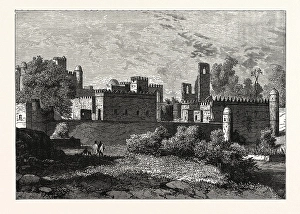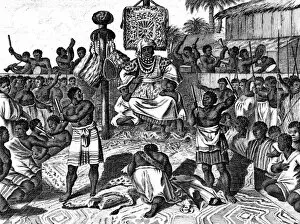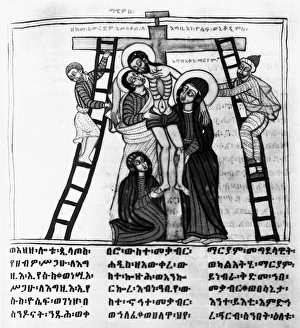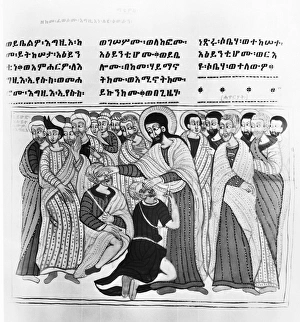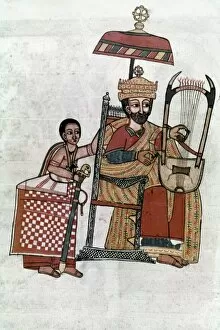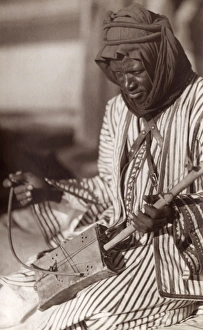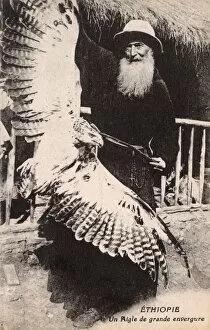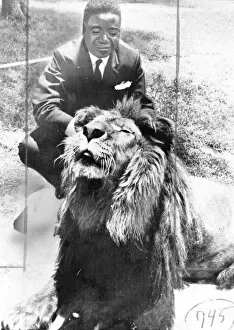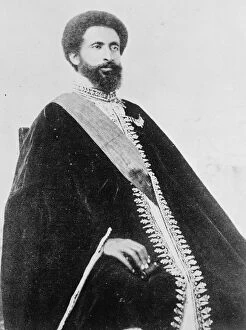Ethiopian Collection (page 13)
Ethiopian history is rich and diverse, spanning centuries of cultural heritage and significant figures
All Professionally Made to Order for Quick Shipping
Ethiopian history is rich and diverse, spanning centuries of cultural heritage and significant figures. One such prominent figure is Haile Selassie, who ascended to the throne in 1930 as Emperor of Ethiopia. During his reign, he faced challenges like the Italian invasion in 1936 but managed to regain control over his country soon after. The historical significance of Ethiopia can be seen through its ancient art and architecture. For instance, the early 12th-century frescoes in Bet Maryam at St. Mary's Church in Lalibela showcase the artistic prowess craftsmen from that era. Another remarkable piece is a famous painting on the ceiling depicting winged heads of eighty Ethiopian cherubs. Ethiopia's religious influence extends beyond its borders as well. At the Holy Sepulchre Church in Jerusalem, Israel, you can find Ethiopian Coptic icons that reflect their unique spiritual traditions and beliefs. These icons serve as a testament to Ethiopia's deep-rooted Orthodox Christian faith. Emperor Haile Selassie I also enjoyed leisure time during his reign, including seaside holidays at Eastbourne. This glimpse into his personal life reveals a different side to this influential leader who dedicated himself to serving his people. Ethiopia's history isn't limited to emperors; it includes other notable individuals too. Menelik II was another revered emperor whose leadership brought modernization and progress to Ethiopia during challenging times. Beyond political figures, there are indigenous tribes like the Mursi tribe known for their distinctive customs and body modifications which have fascinated anthropologists for years. Even after World War II ended, Haile Selassie continued playing an essential role on both national and international stages—his contributions shaping not only Ethiopian history but also global affairs during that period. Finally, we cannot overlook the presence of Orthodox Christianity within Ethiopia—a religion deeply ingrained within its society for centuries.

